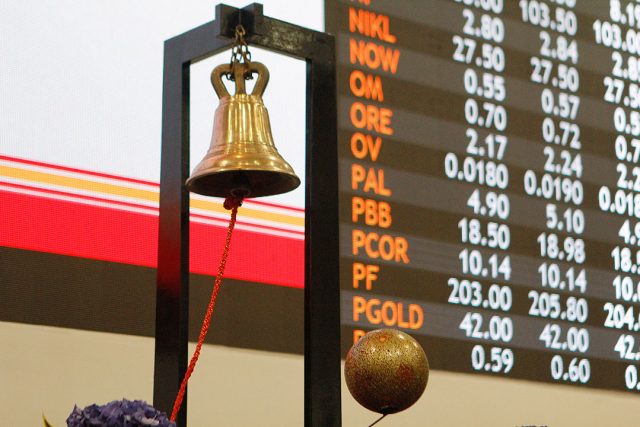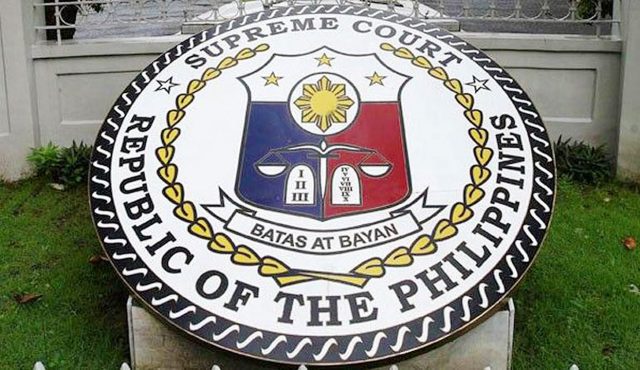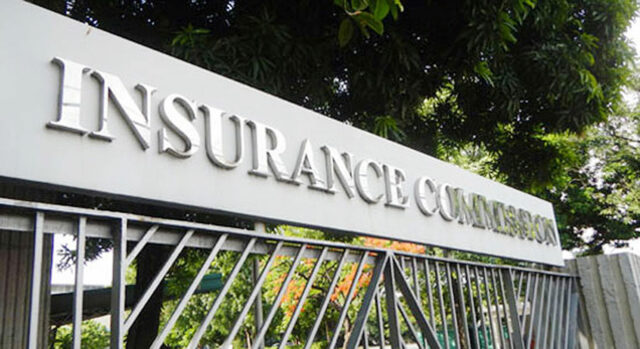(Second of two parts)
In this period of economic recovery, entrepreneurs are increasingly looking at initial public offerings (IPOs) as an avenue to raise additional funds. But in the face of economic and geopolitical headwinds, how can CEOs turn their bold vision into a successful IPO?
In the first part of this article, we discussed how a company can start its IPO journey and the key factors to consider in order to succeed. However, now that we know what characterizes a successful IPO journey, CEOs need to ask if they are ready to deliver. Here, we discuss how the right IPO strategy and preparation can contribute to a successful IPO.
IPO STRATEGY
An IPO strategy starts with an equity story that incorporates a well-built corporate strategy and a fine-tuned business plan. A corporate strategy focuses on the company’s long-term goals, an optimal group structure, and growth objectives, while a business plan defines how the company can compete within the market and seize new opportunities. With a well-polished IPO strategy, IPO aspirants can better evaluate their strategic options by deciding on potential multi-track approaches to listing and the potential listing venues, coordinating with external advisors and identifying the right capital market that will resonate with the company’s business sentiments and growth ambitions.
A well-defined IPO strategy should be anchored on a holistic end-to-end view of the key milestones in an entity’s IPO journey — from strategic planning to IPO execution and after-market performance. This strategy is typically supported by a health check to identify any potential gaps within the company’s structures, finance function, environmental, social and governance (ESG) agenda, systems and controls, and investor relations.
STRUCTURES
Organizational structures bind the teams working together towards a common goal and demarcate functions between them. Given an IPO’s transformational nature, aspirants should consider revisiting and reshaping their current structures where needed to support the efficient functioning of the organization as a public company. This might also entail re-evaluating the group structure, governance, ownership and corporate structure.
IPO aspirants should reevaluate the group structure if the potential issuer or listing vehicle is part of a group. The group should define which company will be the potential issuer or listing vehicle, the country of registration, and its legal form. They must also assess which group structure is best positioned for listing through a transfer pricing analysis of current and future related party transactions.
Governance structure reevaluation can start by assessing whether there is a defined set of regulations and documented policies and procedures, and whether these align with governance reporting requirements and provide adequate transparency and accountability to current stakeholders. Since company ownership will be opened to the public, current shareholders should assess the ownership structure, the optimal proportion the public will own, what types of investors they are planning to attract, and the corporate image they want to project since these potential investors can influence the strategy and direction of the company post-IPO.
Corporate structure should also be reassessed to let potential investors identify each business unit or department’s level of responsibility and accountability. A well-defined corporate structure separates management and ownership roles. Internally, the structure should also allow CEOs to articulate the business plan to the group organization, how the IPO affects employees, and how business operations will be adjusted prior to and upon realization of the IPO transaction.
FINANCIAL
IPO aspirants must look at the finance organization through the lens of public markets even before they go public. Depending on the listing venue, changes to generally accepted accounting and financial reporting principles currently being applied may be required in preparing the financial statements. Companies need to check if the current finance infrastructure and processes can produce timely financial reports, as these are vital in building investor trust and confidence. As regulations on financial reporting vary across jurisdictions, a well-functioning financial statements close process that is supported by a capable mix of resources with the appropriate skills are necessary in responding to expanded reporting requirements.
Potential public and institutional investors will also consider the company’s external auditor. Appointing a credible external auditor will help improve investor confidence in the financial reports of the company. External advisers can provide objective viewpoints that can help in addressing any financial reporting gaps that the company may have overlooked in previous periods to optimize the finance function.
ESG AGENDA
In the Philippines, the ESG agenda is emerging as an important element for stakeholders in the IPO stage. Investors have started to consider ESG factors when making investment decisions, along with a company’s financial performance, resilience, and ability to sustain operations during adverse situations. Public companies are required to disclose their sustainability efforts as well as include their plans to further improve performance and achieve their ESG targets.
Companies can ensure compliance with sustainability principles by engaging advisers with an ESG background. Regulators also continue to develop and standardize climate disclosures required of public companies, such as the Securities and Exchange Commission’s (SEC) Revised Sustainability Reporting Guidelines and the Sustainability Reporting Form, to keep up with global developments around sustainability reporting.
SYSTEMS AND CONTROLS
IPO aspirants should revisit their enterprise-wide systems and controls to identify potential weaknesses and opportunities for improvement. Continuous process improvement should be implemented to ensure that the systems and controls are effective in capturing and mitigating potential risks, especially in a growing business operations setting. Entity-level controls, information technology (IT) general controls, and business processes controls should be documented properly to ensure they can support the requirements of a public company.
An effective internal audit function should be in place, performing as intended in the organization’s overall control framework. Internal audits can focus on areas such as the effectiveness of the company’s internal controls, corporate governance, and accounting processes. Internal audits also help the company in its continuous process improvement efforts.
INVESTOR RELATIONS AND COMPLIANCE FUNCTIONS
A company’s investor relations function facilitates two-way communication between the company’s corporate management and its investors. It also enables the integration between finance, communication, marketing and legal functions. Critical information provided by the investor relations function includes press releases, earnings reports, and analyst briefings which contribute to a transparent relationship between the company and its stakeholders. They help ensure that shareholder concerns and interests are also communicated to management and the board.
Further, the investor relations function cohesively monitors the company’s stock price, performance, competitive position, and public image. An investor relations officer normally reports to the company’s Chief Financial Officer (CFO) or Treasurer who has the primary responsibility over investor relations.
Meanwhile, the compliance function becomes even more relevant due to the additional regulatory requirements for a publicly listed company. These include regular reporting and ad hoc disclosures such as information on mergers and acquisitions, changes in leadership, legal issues, and significant sales or purchases of assets.
TIMING
Appropriately timing the market can result in a win-win situation by providing optimal valuation and IPO proceeds for the company, and investment returns for IPO investors. IPO aspirants must be able to communicate a realistic timeline to the entire IPO team and set milestones tracked by a Project Steering Committee and a Project Management Office (PMO).
The PMO ensures that the IPO project has enough resources throughout the IPO process, monitoring the strength and buoyancy of capital markets, current economic indicators, and company performance. Some companies decided to postpone or withdraw IPO plans due to market volatility, after-market performance of previous IPOs, and geopolitical uncertainties. In such cases, contingency plans are necessary to achieve the right timing — especially when the market reaches its ideal state for IPO listing. The PMO should be able to assess when to execute these contingency plans and consider the multi-track approach designed during the evaluation of the company’s IPO strategy.
IPO TRANSFORMATION
Starting the IPO journey does not mean immediately closing any gaps found during preparation. Instead, it presents the organization with an opportunity to identify them, prioritize which gaps require immediate action, and plan how to close gaps which can affect the company’s valuation before and post-IPO.
Our accumulated experience in supporting IPO aspirants tells us that IPO journey must be approached as a structured, managed transformation of the people, processes, systems and culture of an organization. Through careful planning and consideration of these factors, companies will be better equipped to transform their bold vision for growth into a successful IPO.
This article is for general information only and is not a substitute for professional advice where the facts and circumstances warrant. The views and opinions expressed above are those of the authors and do not necessarily represent the views of SGV & Co.
Aris C. Malantic is a partner and the Financial Accounting Advisory Services (FAAS) leader and Julius Ivan L. Bautista is a FAAS associate director of SGV & Co.











